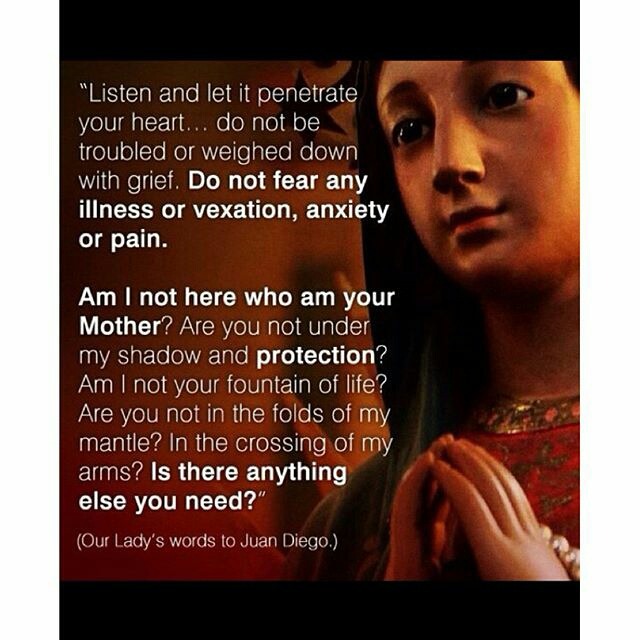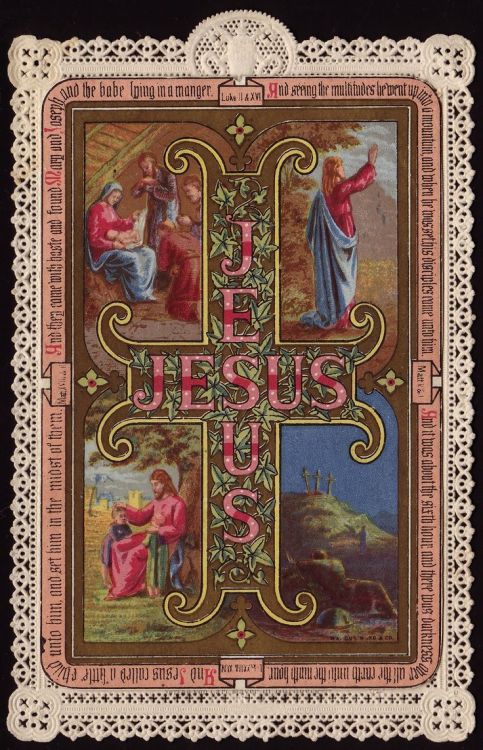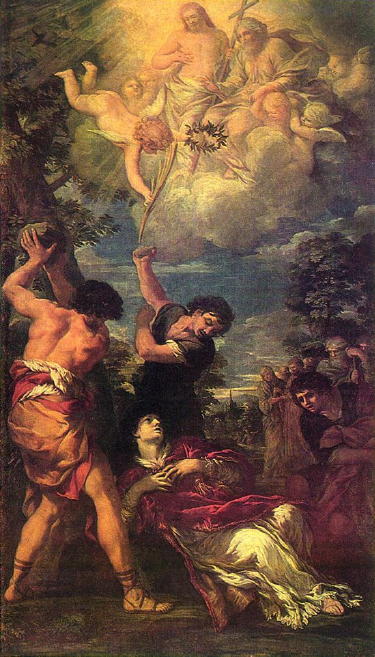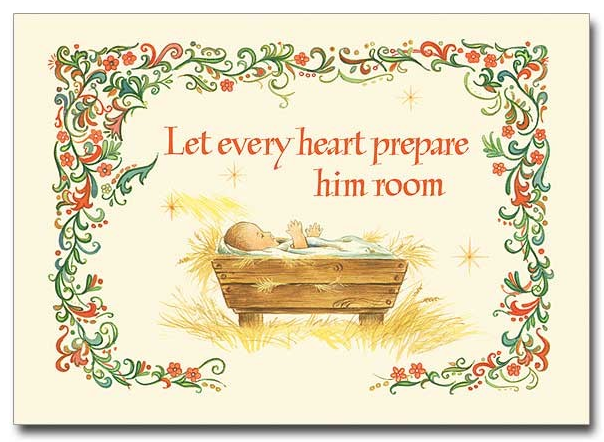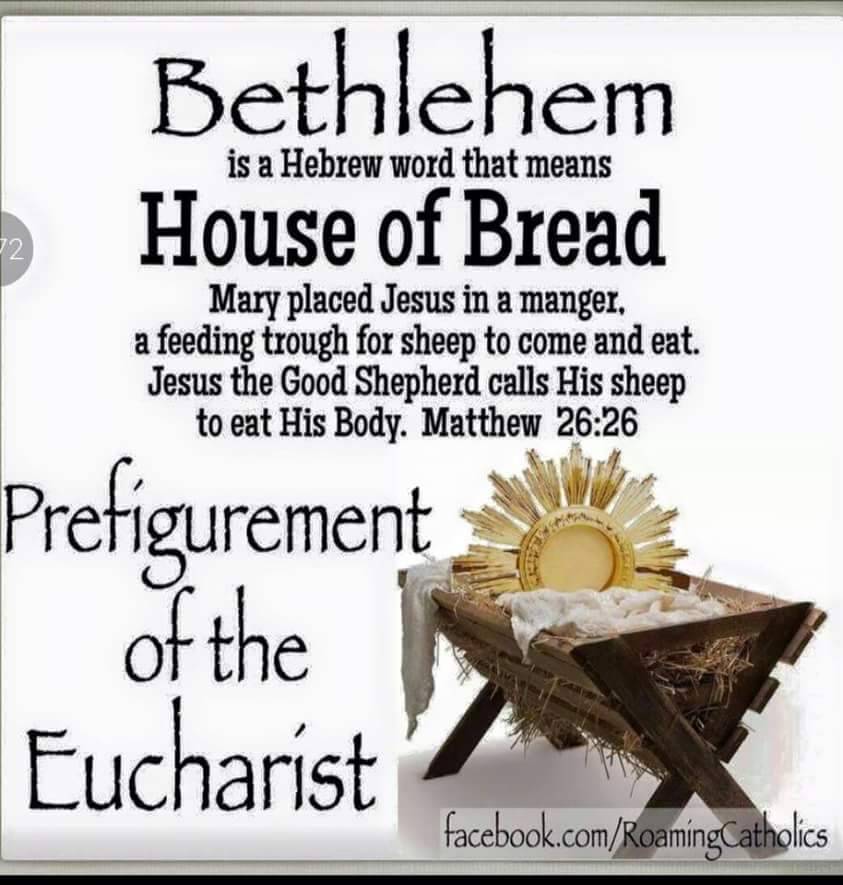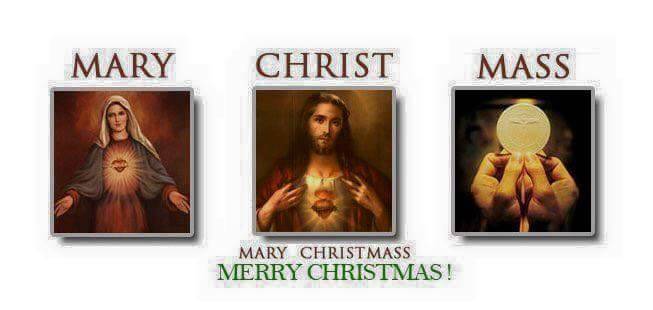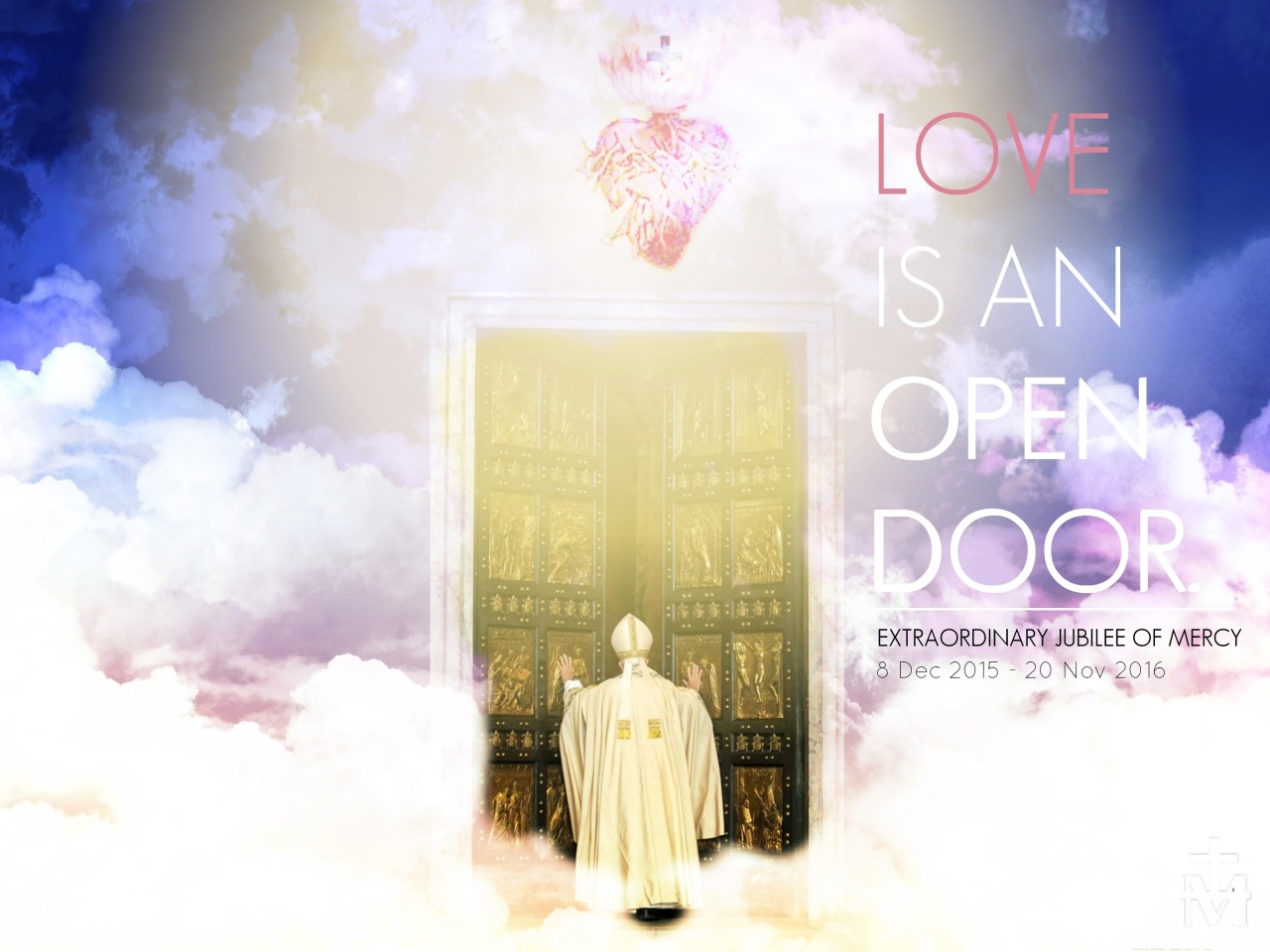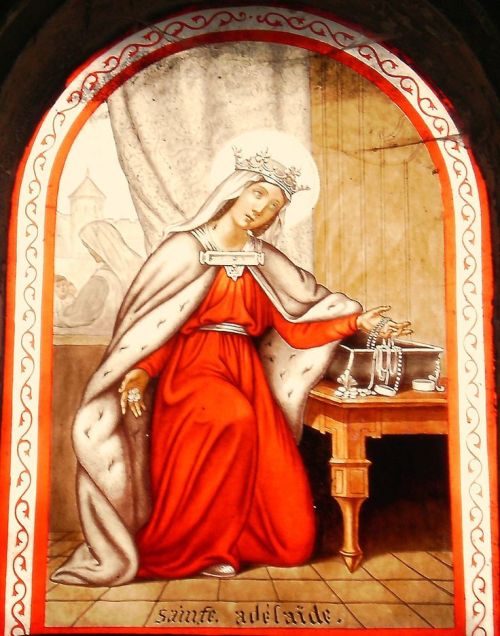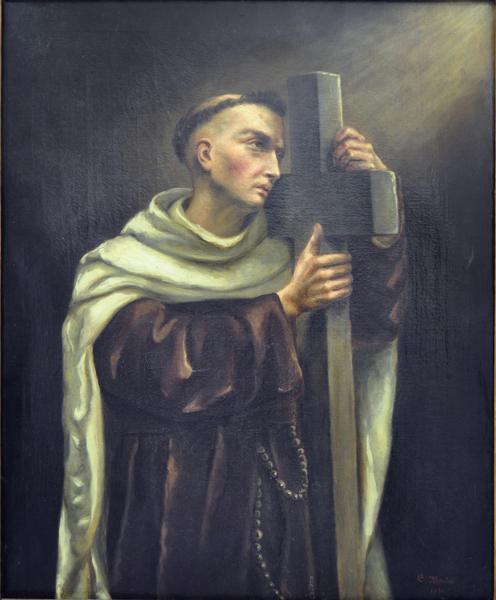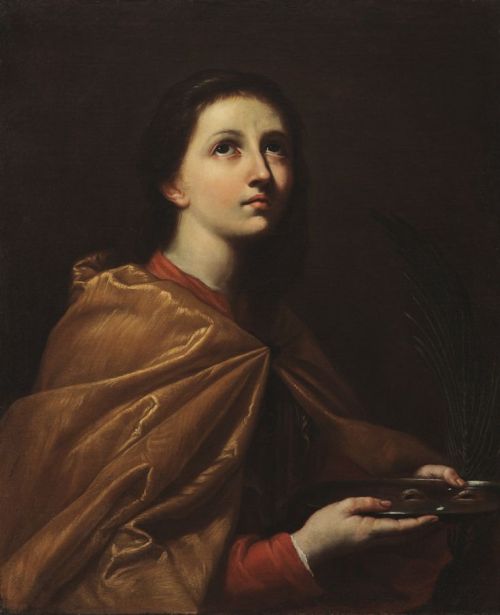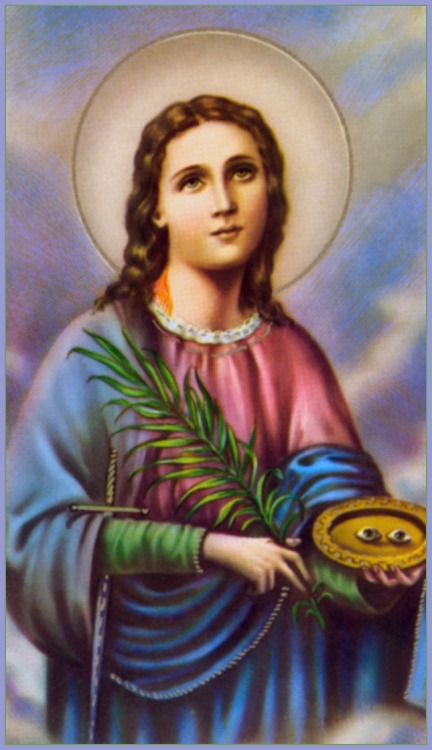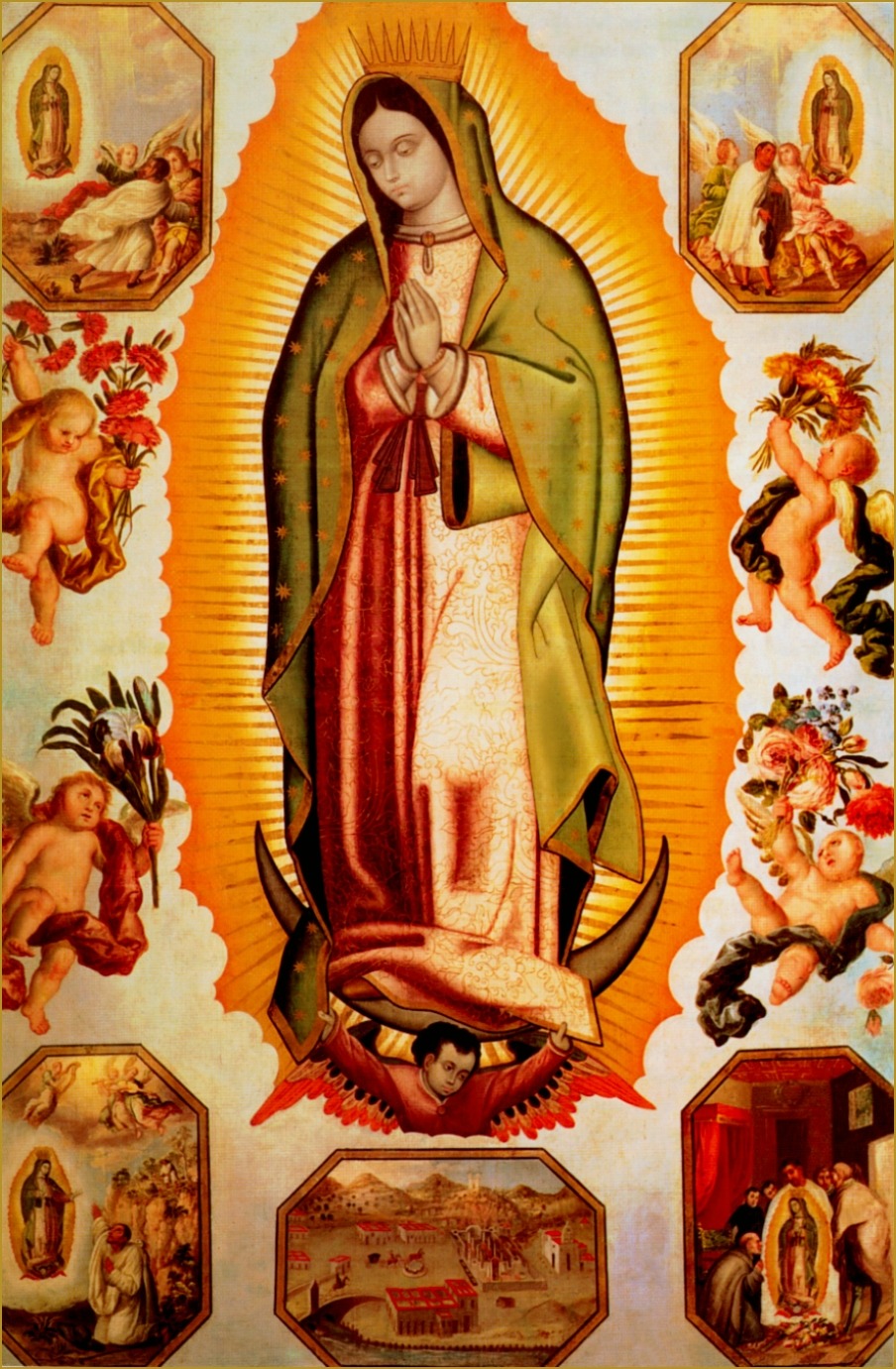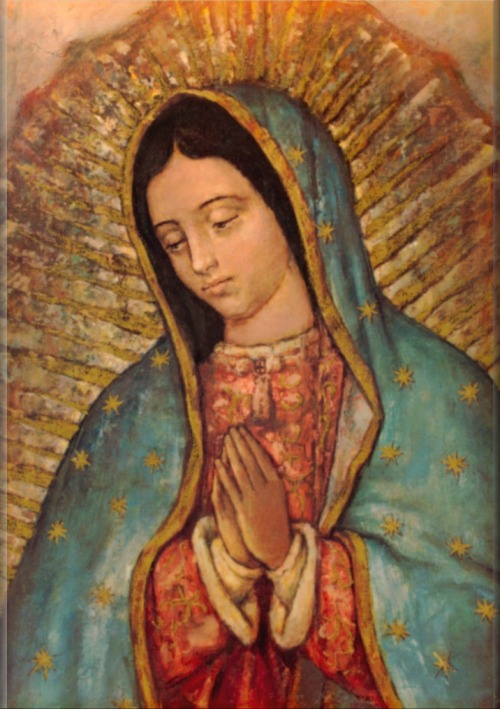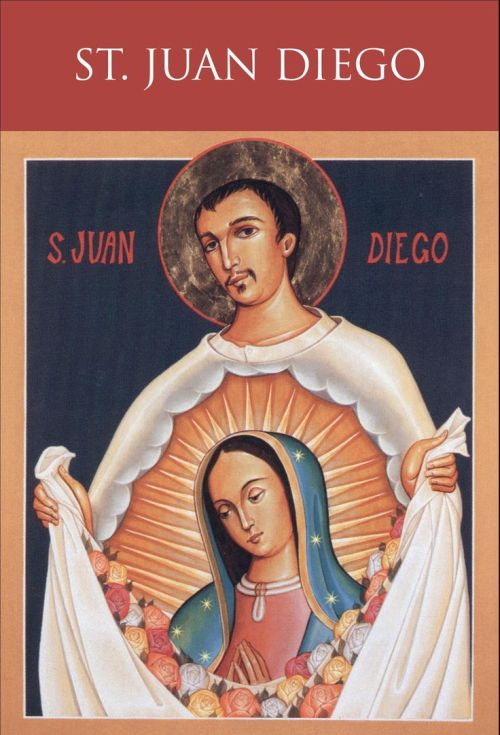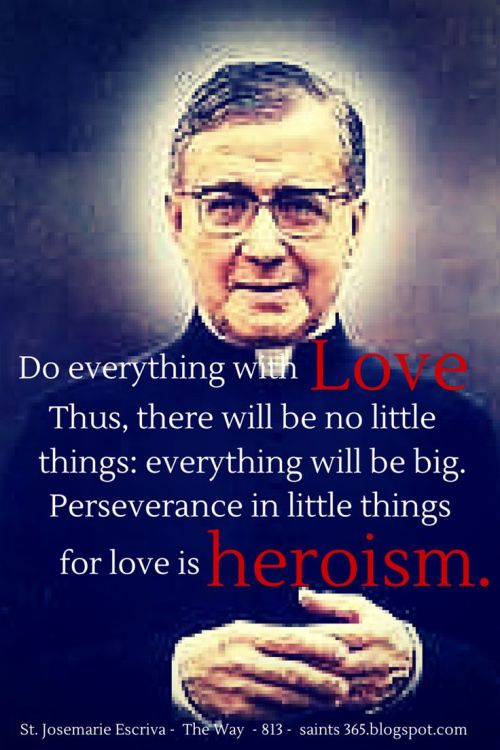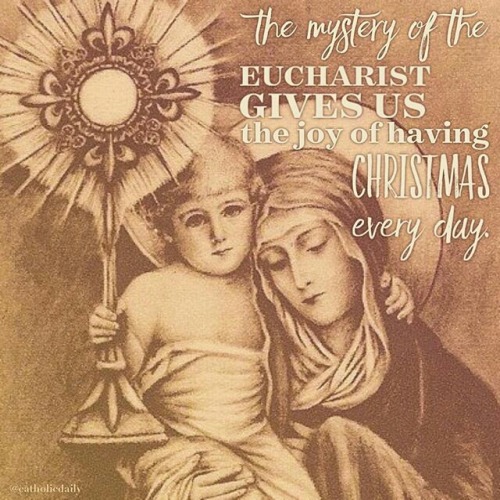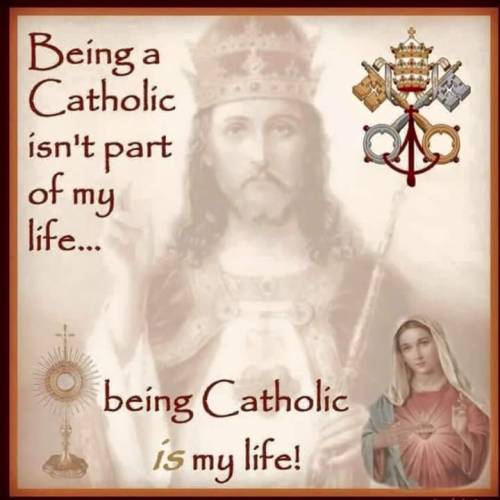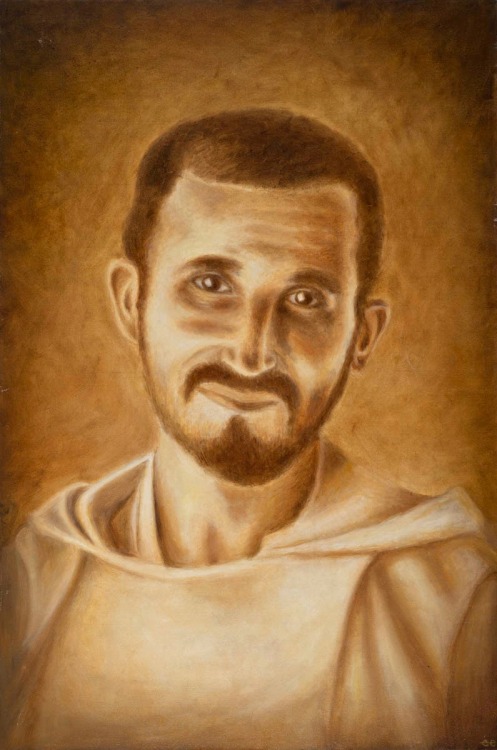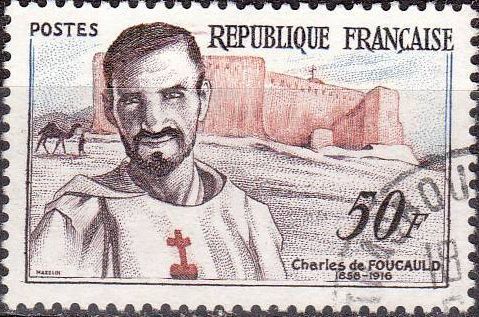Thursday, December 31, 2015
Wednesday, December 30, 2015
Tuesday, December 29, 2015
ST THOMAS BECKET - FEASTDAY 29TH DECEMBER
Thomas Becket also known as Saint Thomas of Canterbury, Thomas of London, and later Thomas à Becket; 21 December c. 1119 (or 1120) – 29 December 1170) was Archbishop of Canterbury from 1162 until his murder in 1170.
He is venerated as a saint and martyr by both the Catholic Church. He engaged in conflict with Henry II of England over the rights and privileges of the Church and was murdered by followers of the king in Canterbury Cathedral.
When the angry King said “Will no one rid me of this archbishop?” some of his knights took him seriously. They went off to murder the archbishop. They attacked him in his own cathedral.
He died, saying, “For the name of Jesus and in defense of the Church, I am willing to die.” It was December 29, 1170.
The entire Christian world was horrified at such a crime. Pope Alexander III held the king personally responsible for the murder.
Miracles began to happen at Thomas’ tomb. He was proclaimed a saint by the same pope in 1173.
Soon after his death, he was canonised by Pope Alexander III.
He is venerated as a saint and martyr by both the Catholic Church. He engaged in conflict with Henry II of England over the rights and privileges of the Church and was murdered by followers of the king in Canterbury Cathedral.
When the angry King said “Will no one rid me of this archbishop?” some of his knights took him seriously. They went off to murder the archbishop. They attacked him in his own cathedral.
He died, saying, “For the name of Jesus and in defense of the Church, I am willing to die.” It was December 29, 1170.
The entire Christian world was horrified at such a crime. Pope Alexander III held the king personally responsible for the murder.
Miracles began to happen at Thomas’ tomb. He was proclaimed a saint by the same pope in 1173.
Soon after his death, he was canonised by Pope Alexander III.
Monday, December 28, 2015
Sunday, December 27, 2015
THE NAME OF JESUS
MENTION ONLY THE NAME OF JESUS IN REVERENCE.
HE IS THE JOY OF HEAVEN
THE TERROR OF HELL
AND THE CONSOLATION OF THE AFFLICTED
AND THE SOLD GROUND OF MY UNLIMITED CONFIDENCE.
Saturday, December 26, 2015
ST STEPHEN THE FIRST MARTYR - FEASTDAY 26TH DECEMBER
Stephen’s name means “crown,” and he was the first disciple of Jesus to receive the martyr’s crown. Stephen was a deacon in the early Christian Church. The apostles had found that they needed helpers to look after the care of the widows and the poor. So they ordained seven deacons, and Stephen is the most famous of these.
God worked many miracles through St. Stephen and he spoke with such wisdom and grace that many of his hearers became followers of Jesus.
The enemies of the Church of Jesus were furious to see how successful Stephen’s preaching was. At last, they laid a plot for him. They could not answer his wise argument, so they got men to lie about him, saying that he had spoken sinfully against God. St. Stephen faced that great assembly of enemies without fear. In fact, the Holy Bible says that his face looked like the face of an angel.
He then claimed that his persecutors were showing this same spirit. “You always oppose the holy Spirit; you are just like your ancestors” (Acts 7:51b).
His speech brought anger from the crowd. “But [Stephen], filled with the holy Spirit, looked up intently to heaven and saw the glory of God and Jesus standing at the right hand of God, and he said, ‘Behold, I see the heavens opened and the Son of Man standing at the right hand of God….’ They threw him out of the city, and began to stone him…. As they were stoning Stephen, he called out, ‘Lord Jesus, receive my spirit…. Lord, do not hold this sin against them’
God worked many miracles through St. Stephen and he spoke with such wisdom and grace that many of his hearers became followers of Jesus.
The enemies of the Church of Jesus were furious to see how successful Stephen’s preaching was. At last, they laid a plot for him. They could not answer his wise argument, so they got men to lie about him, saying that he had spoken sinfully against God. St. Stephen faced that great assembly of enemies without fear. In fact, the Holy Bible says that his face looked like the face of an angel.
He then claimed that his persecutors were showing this same spirit. “You always oppose the holy Spirit; you are just like your ancestors” (Acts 7:51b).
His speech brought anger from the crowd. “But [Stephen], filled with the holy Spirit, looked up intently to heaven and saw the glory of God and Jesus standing at the right hand of God, and he said, ‘Behold, I see the heavens opened and the Son of Man standing at the right hand of God….’ They threw him out of the city, and began to stone him…. As they were stoning Stephen, he called out, ‘Lord Jesus, receive my spirit…. Lord, do not hold this sin against them’
Friday, December 25, 2015
Thursday, December 24, 2015
CHRISTMAS TIME 5
MAY THE COMING OF THE LORD FILL ME WITH HIS SPIRIT SO THAT I WILL SHINE INFRONT OF ALL FOR THE BENEFIT OF MANKIND AND SPREADING OF HIS KINGDOM
Wednesday, December 23, 2015
CHRISTMAS TIEM 4
THIS CHRISTMAS JESUS IS INVITING HIMSELF: Here I stand, knocking ……. If anyone …. opens the door, I will enter his house and have supper with him………….Rv 3:20
REFLECTION - Speak to Jesus and you will give joy to His heart.
Your own heart will open up to the ray of this Sun of Goodness like humid and chilled flowers on a spring morning……..St Peter Eymard
Tuesday, December 22, 2015
Monday, December 21, 2015
Sunday, December 20, 2015
CHRISTMAS TIME
IT IS ONLY JESUS WHO OFFERS US TRUE PEACE.
ANY OTHER PEACE OUTSIDE JESUS IS SUPERFICIAL AND DOES NOT LAST LONG.
Saturday, December 19, 2015
Friday, December 18, 2015
Wednesday, December 16, 2015
ST ADELAIDE - FEASTDAY 16TH DECEMBER
Born c. 931 in Burgandy, St. Adelaide married, at 15 or 16, Lothair of Italy to whom her father had engaged her when she was two. When Lothair died three years later, his successor and usurper Berengar of Ivrea imprisoned Adelaide and attempted to force her to marry his son. Legends tell of Adelaide’s escape to Canossa, where she appealed to Otto of Germany for help. He conquered Italy and married her in 951. John XII crowned the pair rulers of the Holy Roman Empire the following year. After Otto’s death in 973, Adelaide quarrelled with Otto II, possibly at the instigation of her daughter-in-law, Theophano, and lived with her brother in Burgandy. She established many monasteries and churches; she also became interested in evangelism. She and her son reconciled before his death in 983, and she became regent for her grandson, Otto III. Adelaide died in 999 at the convert at Seltz, which she had founded. Cluny became the center of her cult. She was canonized in 1097.
EVERYONE OF US IS AN INNKEEPER
EACH ONE OF US IS AN INNKEEPER WHO WILL DECIDE IF THERE IS ROOM FOR JESUS.
(One of the quotations I like most and that has left a great impression on me)
Tuesday, December 15, 2015
ST MARY DI ROSA - FEASTDAY 15TH DECEMBER
St Mary was the founder of the Handmaids of Charity in Brescia, Italy, in 1839. she was canonized by Pope Pius XII. She was born as Paolina Francesca di Rosa , into a wealthy family, in the city of Brescia, Italy on November 6, 1813. First educated in a convent by the Visitation Sisters, she left school after the death of her mother and by age seventeen she was running her father’s household and caring for the girls in her father’s mill and estate.
During the cholera epidemic of 1836 she worked in the hospital in Brescia and became well known as she directed a home for girls and began another residence for deaf and mute young ladies. In 1840, at age thirty, she became superior of a community that evolved into her congregation, taking the name, Maria Crocifissa di Rosa. The chief apostolate of the Handmaids of Charity, was the care of the poor, the sick and the suffering. The women of the Servants of Charity ministered to the wounded on the battlefields of northern Italy and in hospitals. Papal approval was granted in 1850. Mary died at Brescia on December 15, 1855.
During the cholera epidemic of 1836 she worked in the hospital in Brescia and became well known as she directed a home for girls and began another residence for deaf and mute young ladies. In 1840, at age thirty, she became superior of a community that evolved into her congregation, taking the name, Maria Crocifissa di Rosa. The chief apostolate of the Handmaids of Charity, was the care of the poor, the sick and the suffering. The women of the Servants of Charity ministered to the wounded on the battlefields of northern Italy and in hospitals. Papal approval was granted in 1850. Mary died at Brescia on December 15, 1855.
Monday, December 14, 2015
ST JOHN OF THE CROSS - FEASTDAY 14TH DECEMBER
Born in Spain in 1542, John learned the importance of self-sacrificing love from his parents. His father gave up wealth, status, and comfort when he married a weaver’s daughter and was disowned by his noble family. After his father died, his mother kept the destitute family together as they wandered homeless in search of work. These were the examples of sacrifice that John followed with his own great love — God.
When the family finally found work, John still went hungry in the middle of the wealthiest city in Spain. At fourteen, John took a job caring for hospital patients who suffered from incurable diseases and madness. It was out of this poverty and suffering, that John learned to search for beauty and happiness not in the world, but in God.
After John joined the Carmelite order, Saint Teresa of Avila asked him to help her reform movement. John supported her belief that the order should return to its life of prayer. But many Carmelites felt threatened by this reform and some kidnapped him. He was locked in a cell six feet by ten feet and beaten three times a week. There was only one tiny window high up near the ceiling. Yet in that unbearable dark, cold, and desolation, his love and faith were like fire and light. He had nothing left but God — and God brought John his greatest joys in that tiny cell. After nine months, John escaped. Taking only the mystical poetry he had written in his cell, he climbed out a window using a rope made of stirps of blankets. He hid from pursuers in a convent infirmary where he read his poetry to the nuns. His life was devoted to sharing and explaining his experience of God’s love. This persecution could have produced a bitter cynic. Instead it gave birth to a compassionate mystic, who lived by “Who has ever seen people persuaded to love God by harshness?” and “Where there is no love, put love — and you will find love.”
When the family finally found work, John still went hungry in the middle of the wealthiest city in Spain. At fourteen, John took a job caring for hospital patients who suffered from incurable diseases and madness. It was out of this poverty and suffering, that John learned to search for beauty and happiness not in the world, but in God.
After John joined the Carmelite order, Saint Teresa of Avila asked him to help her reform movement. John supported her belief that the order should return to its life of prayer. But many Carmelites felt threatened by this reform and some kidnapped him. He was locked in a cell six feet by ten feet and beaten three times a week. There was only one tiny window high up near the ceiling. Yet in that unbearable dark, cold, and desolation, his love and faith were like fire and light. He had nothing left but God — and God brought John his greatest joys in that tiny cell. After nine months, John escaped. Taking only the mystical poetry he had written in his cell, he climbed out a window using a rope made of stirps of blankets. He hid from pursuers in a convent infirmary where he read his poetry to the nuns. His life was devoted to sharing and explaining his experience of God’s love. This persecution could have produced a bitter cynic. Instead it gave birth to a compassionate mystic, who lived by “Who has ever seen people persuaded to love God by harshness?” and “Where there is no love, put love — and you will find love.”
Sunday, December 13, 2015
ST LUCY - FEASTDAY 13TH DECEMBER
Lucy’s history has been lost and all we really know for certain is that this brave woman who lived in Syracuse lost her life during the persecution of Christians in the early fourth century. Her veneration spread to Rome so that by the sixth century the whole Church recognized her courage in defense of the faith.
Because people wanted to shed light on Lucy’s bravery, legends began to crop up. The one that has passed the test of time tells the story of a young Christian woman who vowed to live her life in service of Christ. Her mother tried to arrange a marriage for her with a pagan and Lucy knew her mother could not be swayed by a young girl’s vow, so she devised a plan to convince her mother that Christ was the better partner for life.
After several prayers at the tomb of Saint Agatha, Lucy saw the saint in a dream. St. Agatha told Lucy her mother’s illness would be cured through faith, which Lucy used to persuade her mother to give the dowry money to the poor and allow her to commit her life to God.
Lucy’s rejected bridegroom was deeply angered and betrayed Lucy’s faith to the governor Paschasius. The governor attempted to force her into defilement at a brothel, but the guards who came to take her away were unable to move her, even after hitching her to a team of oxen.
The guards heaped bundles of wood around her but it wouldn’t burn so they finally resorted to their swords and Lucy met her death.
It is widely known that during her lifetime Christians were persecuted for their faith. They were forced to endure horrific torture and often met painful ends during Diocletian’s reign. Though the details surrounding her death remain only as legends, it is all modern-day Christians can rely on.
According to later accounts, Lucy warned Paschasius he would be punished. When the governor heard this he ordered the guards to gouge out her eyes; however, in another telling, it was Lucy who removed her eyes in an attempt to discourage a persistent suitor who greatly admired them. When her body was being prepared for burial, they discovered her eyes had been restored.
Because people wanted to shed light on Lucy’s bravery, legends began to crop up. The one that has passed the test of time tells the story of a young Christian woman who vowed to live her life in service of Christ. Her mother tried to arrange a marriage for her with a pagan and Lucy knew her mother could not be swayed by a young girl’s vow, so she devised a plan to convince her mother that Christ was the better partner for life.
After several prayers at the tomb of Saint Agatha, Lucy saw the saint in a dream. St. Agatha told Lucy her mother’s illness would be cured through faith, which Lucy used to persuade her mother to give the dowry money to the poor and allow her to commit her life to God.
Lucy’s rejected bridegroom was deeply angered and betrayed Lucy’s faith to the governor Paschasius. The governor attempted to force her into defilement at a brothel, but the guards who came to take her away were unable to move her, even after hitching her to a team of oxen.
The guards heaped bundles of wood around her but it wouldn’t burn so they finally resorted to their swords and Lucy met her death.
It is widely known that during her lifetime Christians were persecuted for their faith. They were forced to endure horrific torture and often met painful ends during Diocletian’s reign. Though the details surrounding her death remain only as legends, it is all modern-day Christians can rely on.
According to later accounts, Lucy warned Paschasius he would be punished. When the governor heard this he ordered the guards to gouge out her eyes; however, in another telling, it was Lucy who removed her eyes in an attempt to discourage a persistent suitor who greatly admired them. When her body was being prepared for burial, they discovered her eyes had been restored.
Saturday, December 12, 2015
OUR LADY OF GUADALUPE - FEASTDAY 12 THE DECEMBER
Today is the Feast Day of Our Lady of Guadalupe, let us recall the way Mary our Mother, entered the life of Juan Diego in such an extraordinary way.
As our mother, she wants to come into each of our lives, too.
Reflect on Mary’s place in your life and how you have opened your heart to her.
Friday, December 11, 2015
WHAT SHOULD CHRISTMAS MEAN FOR ME...............
I. To make my Christmas a holy day with Christ—–not a holiday without Him.
2. To observe Christmas as the birthday of Christ—–not a day to give and receive material gifts.
3. To remember that the real symbols of Christmas are the Star, the Stable and the Crib—–not Santa Claus and his reindeer.
4. To teach my children that “Santa Claus” is the nickname of St. Nicholas—–who gave to the poor in honor of Christ.
5. To help one poor family—–in honor of Jesus, Mary and Joseph, the Holy Family of Bethlehem.
6. To send Christmas cards remindful of Him, the Infant Savior—–not decorated only with candy canes, dogs, ribbons and wreaths.
7. To make room in my home for Him—–with a Christmas Crib to remind me that He was born in a stable.
8. During the Christmas season, in a special way, to honor Mary, His mother—–who kept the first Christmas vigil beside the manger.
9. To begin Christmas by leading my family to His altar—–to receive the Bread of Life.
10. Today and every day, to give “Glory to God in the highest”—–to work and pray for “Peace on earth to men of good will.”
2. To observe Christmas as the birthday of Christ—–not a day to give and receive material gifts.
3. To remember that the real symbols of Christmas are the Star, the Stable and the Crib—–not Santa Claus and his reindeer.
4. To teach my children that “Santa Claus” is the nickname of St. Nicholas—–who gave to the poor in honor of Christ.
5. To help one poor family—–in honor of Jesus, Mary and Joseph, the Holy Family of Bethlehem.
6. To send Christmas cards remindful of Him, the Infant Savior—–not decorated only with candy canes, dogs, ribbons and wreaths.
7. To make room in my home for Him—–with a Christmas Crib to remind me that He was born in a stable.
8. During the Christmas season, in a special way, to honor Mary, His mother—–who kept the first Christmas vigil beside the manger.
9. To begin Christmas by leading my family to His altar—–to receive the Bread of Life.
10. Today and every day, to give “Glory to God in the highest”—–to work and pray for “Peace on earth to men of good will.”
Thursday, December 10, 2015
POPE ST GREGORY III - FEASTDAY 10TH DECEMBER
Gregory was a Syrian and was the last non-European Pope until the election of Pope Francis in 2013, which was 1,272 years later.
He was just standing there, not doing anything special. As a Syrian priest he must have felt a little out of place among the Roman people mourning that day for the dead Pope. As a good preacher, he must have wanted to speak to the funeral procession about Christ’s promise of resurrection. As a learned man, he must have wondered who would follow the holy Saint Gregory II as Pope and where he would take the Church. As a holy man, he must have been praying for Gregory II and for all the people around him to find their place after death in God’s arms. But he was just one of the crowd.
Not to God. And not to the people who recognized the well-known holy man in their midst. Right in the middle of the funeral procession they singled him out. They swept him away and clamored for him to be named the next bishop of Rome. Then suddenly, unexpectedly, without his even lifting a finger, his whole life changed and he could no longer just stand there and do nothing.
He was just standing there, not doing anything special. As a Syrian priest he must have felt a little out of place among the Roman people mourning that day for the dead Pope. As a good preacher, he must have wanted to speak to the funeral procession about Christ’s promise of resurrection. As a learned man, he must have wondered who would follow the holy Saint Gregory II as Pope and where he would take the Church. As a holy man, he must have been praying for Gregory II and for all the people around him to find their place after death in God’s arms. But he was just one of the crowd.
Not to God. And not to the people who recognized the well-known holy man in their midst. Right in the middle of the funeral procession they singled him out. They swept him away and clamored for him to be named the next bishop of Rome. Then suddenly, unexpectedly, without his even lifting a finger, his whole life changed and he could no longer just stand there and do nothing.
REFLECTION
When we dedicate ourselves to Mary, we become instruments in her hands justs as she is an instrument in God’s hands.
Let us then be guided by her for she will provide for the needs of body and soul and overcome all difficulties and anxieties………………..St Maximillian Kolbe
Let us then be guided by her for she will provide for the needs of body and soul and overcome all difficulties and anxieties………………..St Maximillian Kolbe
Wednesday, December 9, 2015
ST JUAN DIEGO - FEAST DAY 9TH DECEMBER
The bishop was kind but skeptical. He asked Juan to bring proof of the Lady’s identity. Before Juan could go back to the Lady, he found out his uncle was dying. Hurrying to get a priest, Juan missed his meeting with the Lady. The Lady, however, met him on his path and told him that his uncle had been cured.
She then told Juan to climb to the top of the hill where they first met. Juan was shocked to find flowers growing in the frozen soil. He gathered them in his cloak and took them at once to the bishop.
Juan told the bishop what had happened and opened his cloak. The flowers that fell to the ground were Castilian roses (which were not grown in Mexico). But the bishop’s eyes were on the glowing image of the Lady imprinted inside Juan’s cloak. Soon after, a church was built on the site where our Lady appeared, and thousands converted to Christianity. Our Lady of Guadalupe was declared the patroness of the Americas. He died on May 30, 1548, at the age of 74.
She then told Juan to climb to the top of the hill where they first met. Juan was shocked to find flowers growing in the frozen soil. He gathered them in his cloak and took them at once to the bishop.
Juan told the bishop what had happened and opened his cloak. The flowers that fell to the ground were Castilian roses (which were not grown in Mexico). But the bishop’s eyes were on the glowing image of the Lady imprinted inside Juan’s cloak. Soon after, a church was built on the site where our Lady appeared, and thousands converted to Christianity. Our Lady of Guadalupe was declared the patroness of the Americas. He died on May 30, 1548, at the age of 74.
Tuesday, December 8, 2015
THE IMMACULATE CONCEPTION OF THE MOTHER OF GOD
To day we celebrate one of the privileges given to Mary, the Mother of Jesus, by God Himself. She was to be his Mother. She accepted and subjected herself to the will of God. And God showered her with all the graces He could bestow upon Her.
God wanted his Mother to be a pure creature and never for a moment be a subject to Satan. So He applied to Her beforehand, the merits of Jesus Christ and from her very first moment of her being conceived she was without the stain of original sin.
She was always in union with God as she did what God expected of her.
STATUE OF THE IMMACULATE CONCEPTION VENERATED AT THE COSPICUA PARISH CHURCH IN MALTA.
Monday, December 7, 2015
Sunday, December 6, 2015
Saturday, December 5, 2015
ST SABAS THE ABBOT - FEASTDAY 5TH DECEMBER
When he was eighteen, Sabas went to Jerusalem. He wanted to learn to live alone with God. He was advised to live in another monastery there for a while because he was still young. He obeyed and joyfully did all the hard work. He chopped wood for the fires and carried the heavy jugs of water. One day, St. Sabas was sent to Alexandria, Egypt, as the traveling companion of another monk. There he saw his father and mother! They tried their best to make him come with them. They wanted him to enjoy the same honours his father had won. Not Sabas! He would not even take the money they tried to give him. Finally he accepted three gold pieces. Then when he got back to the monastery, he gave them to the abbot.
At last, he was able to spend four years completely alone, as he desired. But after that, he had to start a new monastery. Many disciples came to him to learn how to be monks. Before long, he was put in charge of all the monks in Palestine. Sometimes Sabas was sent to the emperor on important Church affairs. Even then, he wore his poor cloth habit and kept to his hours of prayer.
A TRUE AND PROFOUND PRAYER
I believe Lord,
but let me believe more firmly.
I hope Lord,
but let me hope more surely.
I love, Lord,
but let me love more warmly.
I repent Lord,
but let me repent more deeply.
I give you myself Lord
Let me hold nothing back. Amen
(Prayer of St Anthony Claret)
but let me believe more firmly.
I hope Lord,
but let me hope more surely.
I love, Lord,
but let me love more warmly.
I repent Lord,
but let me repent more deeply.
I give you myself Lord
Let me hold nothing back. Amen
(Prayer of St Anthony Claret)
Friday, December 4, 2015
ST JOHN DAMASCENE - FEASTDAY 4TH DECEMBER
He is famous in three areas. First, he is known for his writings against the iconoclasts, who opposed the veneration of images. Paradoxically, it was the Eastern Christian emperor Leo who forbade the practice, and it was because John lived in Muslim territory that his enemies could not silence him. Second, he is famous for his treatise, Exposition of the Orthodox Faith, a summary of the Greek Fathers (of which he became the last). It is said that this book is for Eastern schools what the Summa of Aquinas became for the West. Thirdly, he is known as a poet, one of the two greatest of the Eastern Church, the other being Romanus the Melodist. His devotion to the Blessed Mother and his sermons on her feasts are well known.
APOEM WRITTEN BY ST JOHN DAMASCENE
Lady! Queen! All-holy Mother!
Christ my God was born of thee!
In thy cause and for thy image
This right hand was lost to me.
Why the Lion raged and ravened
Thou in heaven above dost know;
Help me, Lady! heal me quickly,
Here before thee lying low!
Wonders oft at thy sweet pleading
Hath thy Son vouchsafed before;
Heal my hand and let it praise Him–
Thee and Him for evermore!
Of His Faith and of thy honour
Still the champion let it be!
What thou askest thou obtainest;
Christ my God was born of thee!
- St John Damascene -
Thursday, December 3, 2015
ST FRANCIS XAVIER - FEASTDAY 3RD DECEMBER
This great missionary was born at Xavier Castle in Spain in 1506. He went to the University of Paris when he was eighteen. Here he met St. Ignatius Loyola, who was about to start the Society of Jesus. St. Ignatius tried to get Francis to join him. At first the happy-go-lucky young man would not think of it. St. Ignatius repeated to him the words of Jesus in the Gospel: “What does it profit a person to gain the whole world and lose his own soul?” At last, Francis saw clearly that his place in life was among the Jesuits.
When Francis was thirty-four, St. Ignatius sent him as a missionary to the East Indies. The king of Portugal wanted to give him presents to take along and a servant. Francis refused and explained: “The best way to acquire true dignity is to wash one’s own clothes and boil one’s own pot.” During the course of his amazing career in Goa, India, Japan and other lands of the east, St. Francis made thousands of converts. In fact, he baptized so many people that he became too weak to raise his arms. He gathered the little children around him and taught them the Catholic faith. He invited them to spread the faith they had learned. Once he faced a fierce band of raiders, alone, with no weapon but his crucifix. They backed up and did not attack his Christian tribes. His only “tools” were his gentle, polite ways and his prayers. In the midst of his painful journeys and great labours, the saint was full of a special joy. St. Francis longed to get into China, into which no foreigner was permitted. At last, he received permission but he became ill and died almost alone in 1552 on an island off the Chinese coast. His body is incorrupt and is in the Basilica of Bom Jesus in Goa.
When Francis was thirty-four, St. Ignatius sent him as a missionary to the East Indies. The king of Portugal wanted to give him presents to take along and a servant. Francis refused and explained: “The best way to acquire true dignity is to wash one’s own clothes and boil one’s own pot.” During the course of his amazing career in Goa, India, Japan and other lands of the east, St. Francis made thousands of converts. In fact, he baptized so many people that he became too weak to raise his arms. He gathered the little children around him and taught them the Catholic faith. He invited them to spread the faith they had learned. Once he faced a fierce band of raiders, alone, with no weapon but his crucifix. They backed up and did not attack his Christian tribes. His only “tools” were his gentle, polite ways and his prayers. In the midst of his painful journeys and great labours, the saint was full of a special joy. St. Francis longed to get into China, into which no foreigner was permitted. At last, he received permission but he became ill and died almost alone in 1552 on an island off the Chinese coast. His body is incorrupt and is in the Basilica of Bom Jesus in Goa.
Wednesday, December 2, 2015
ST BIBIANA - FEASTDAY 2ND DECEMBER
Apronianus, seeing that hunger and want had no effect upon them, summoned them. Demetria, after confessing her Faith, fell dead at the feet of the tyrant. She was placed in the hands of a wicked woman called Rufina who in vain endeavored to seduce her. She used blows as well as persuasion, but the Christian virgin remained faithful.
Apronianus ordered her to be tied to a pillar and beaten with scourges, laden with lead plummets, until she expired. The saint endured the torments with joy and died under the blows inflicted by the hands of the executioner
Tuesday, December 1, 2015
ST ANDREW THE APOSTLE - FEASTDAY 30TH NOVEMBER
Andrew, Simon Peter’s brother, was a fisherman. He was a disciple of the St John the Baptist but when John pointed to Jesus and said, “Behold the Lamb of God!” Andrew left John to follow the Divine Master. Jesus knew that Andrew was walking behind him and turning back, he asked, “what do you seek?” When Andrew answered that he would like to know where Jesus lived, Our Lord replied, “Come and see.” Andrew had been only a little time with Jesus when he realized that this was truly the Messiah. Andrew was thus the first disciple of Christ. Andrew brought his brother Simon (St. Peter) to Jesus. At first the two brothers continued to carry on their fishing trade but jesus promised to make them fishers of men so they left their nets for good. It is believed that after the Ascension, St. Andrew went to Greece to preach the gospel. He is said to have been put to death on a cross, to which he was tied, not nailed. He lived two days in that state of suffering, still preaching to the people to his beloved followers.
BLESSED CHARLES EUGENE DE FOUCAULD - FEASTDAY 1ST DECEMBER
Blessed Charles Eugène de Foucauld (15 September 1858 – 1 December 1916) was a French Catholic religious and priest living among the Tuareg in the Sahara in Algeria. He was assassinated in 1916 outside the door of the fort he built for the protection of the Tuareg, and is considered by the Catholic Church to be a martyr. His inspiration and writings led to the founding of the Little Brothers of Jesus among other religious congregations. He was beatified on 13 November 2005 by Pope Benedict XVI.
Charles de Foucauld was an officer of the French Army in North Africa where he first developed his strong feelings about the desert and solitude. On his subsequent return to France and towards the end of October 1886, at the age of 28, he went through a conversion experience at the Church of Saint Augustin in Paris.
The life of Charles de Foucauld was like the biblical seed which had to die before it sprouted into a healthy plant. Within twenty years after his death, there appeared three congregations which derived their inspiration, purpose, and Rules from Charles de Foucauld. These Little Brothers of Jesus, Little Sisters of the Sacred Heart, and Little Sisters of Jesus live in small groups all over the world, preaching by the lives they lead. Two other Orders, founded later, trace their heritage to Little Brother Charles of Jesus. Each of these groups bases its apostolate on the ideas of the Orders which the martyr of the desert had planned, but did not live to see. The 1936 French film The Call of Silence portrayed Charles de Foucauld’s life.
In 1950, the Algerian government honoured Charles de Foucauld by portraying his image on a stamp; the French government did likewise in 1959.
Subscribe to:
Posts (Atom)


